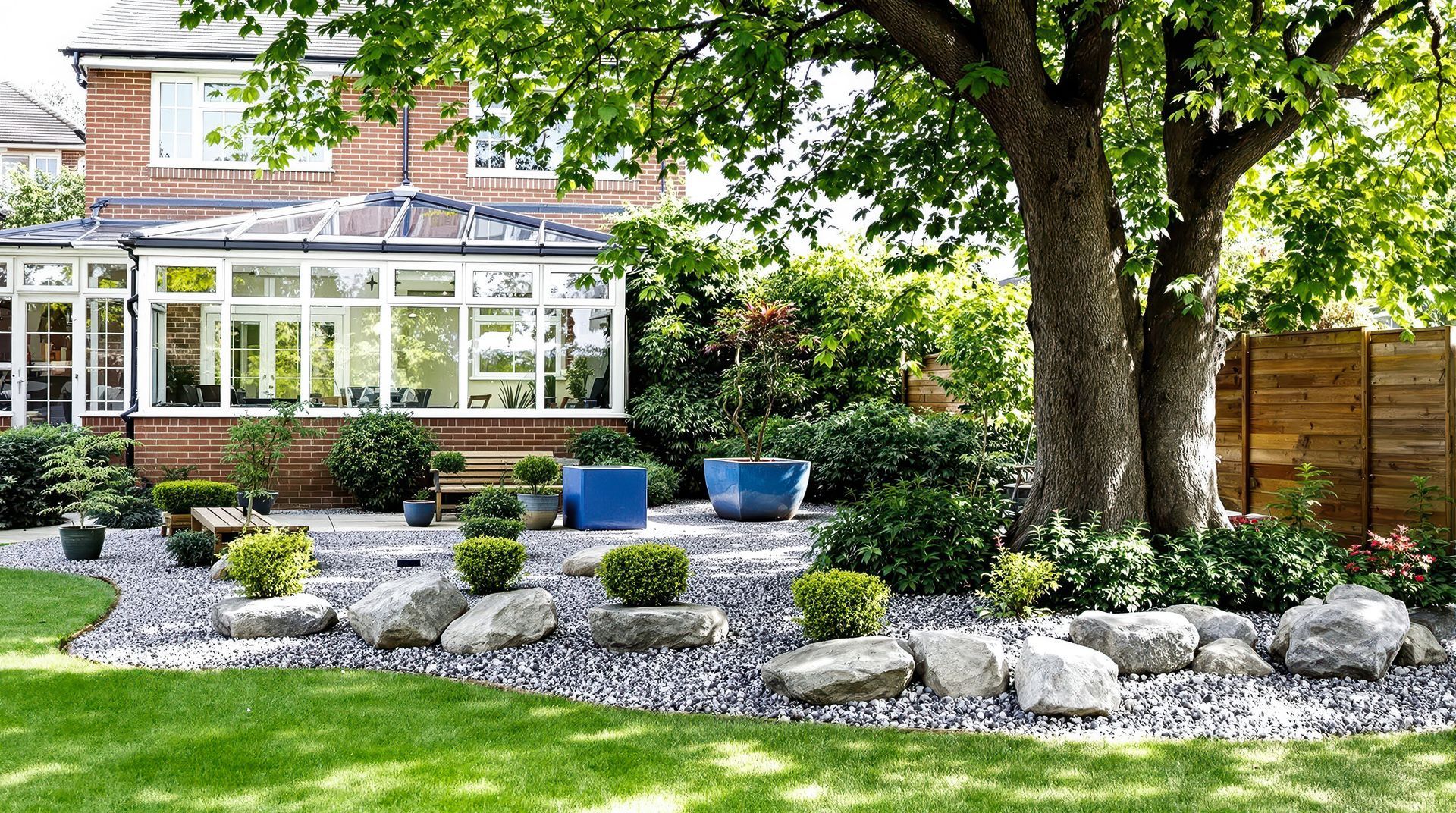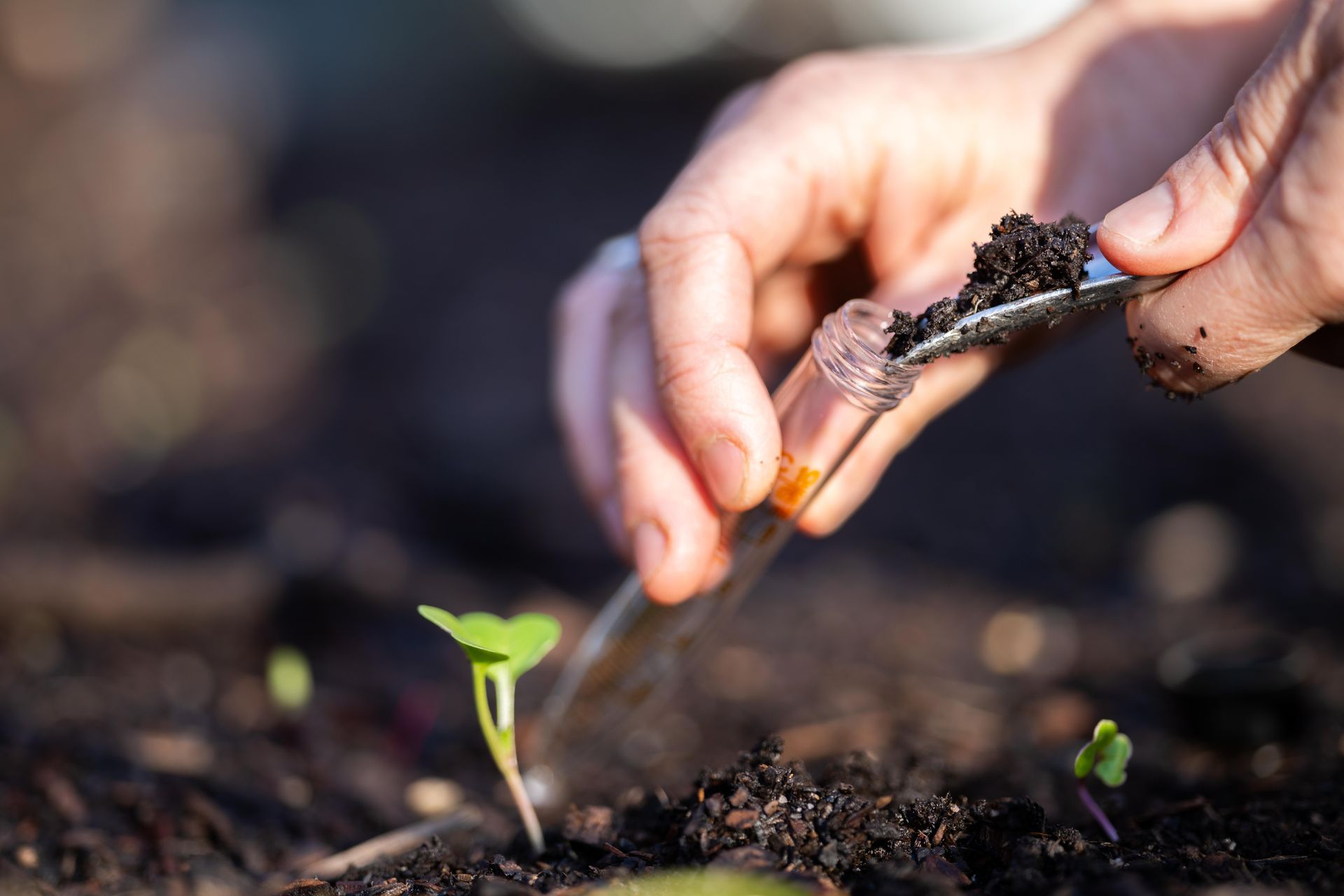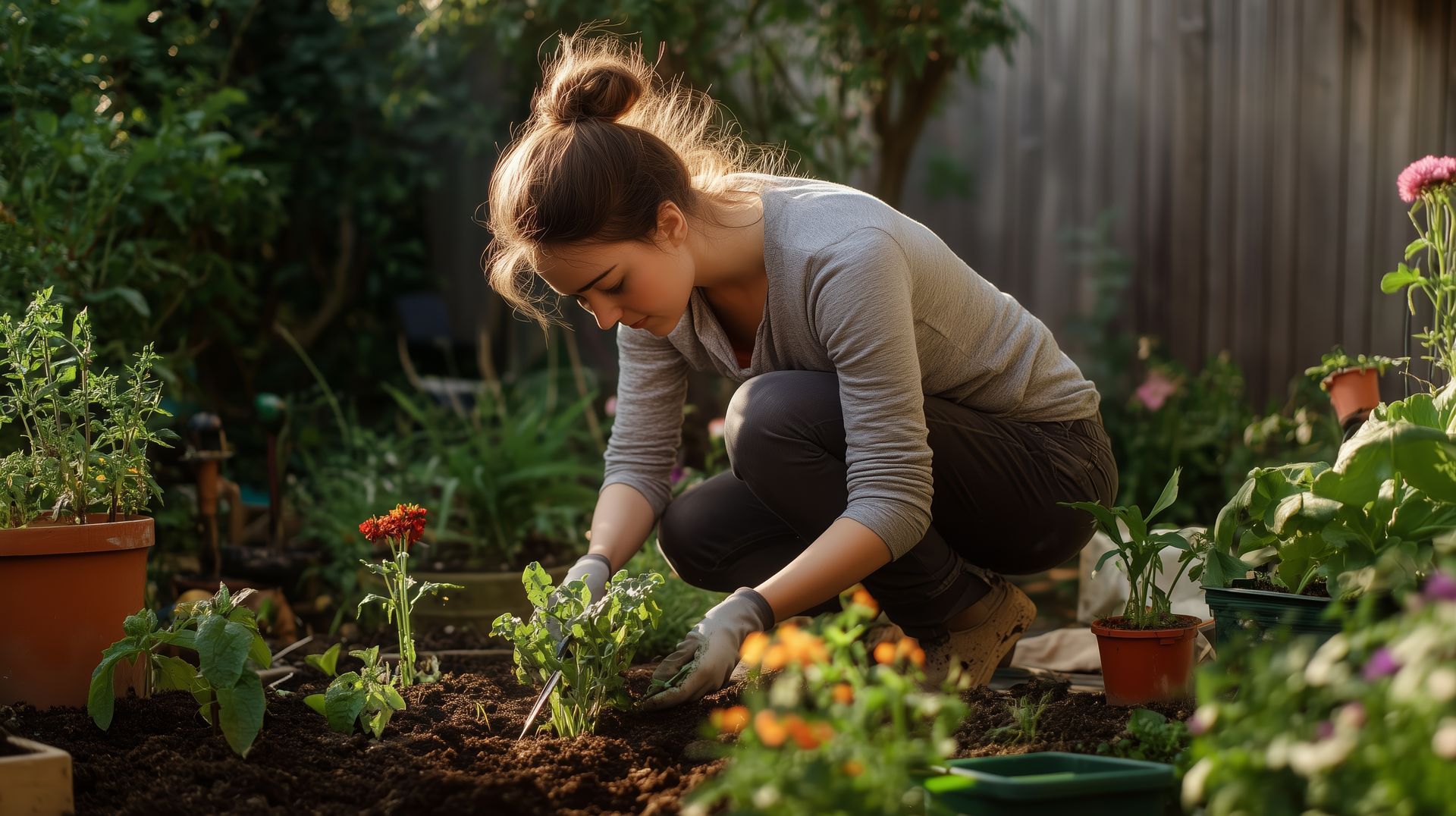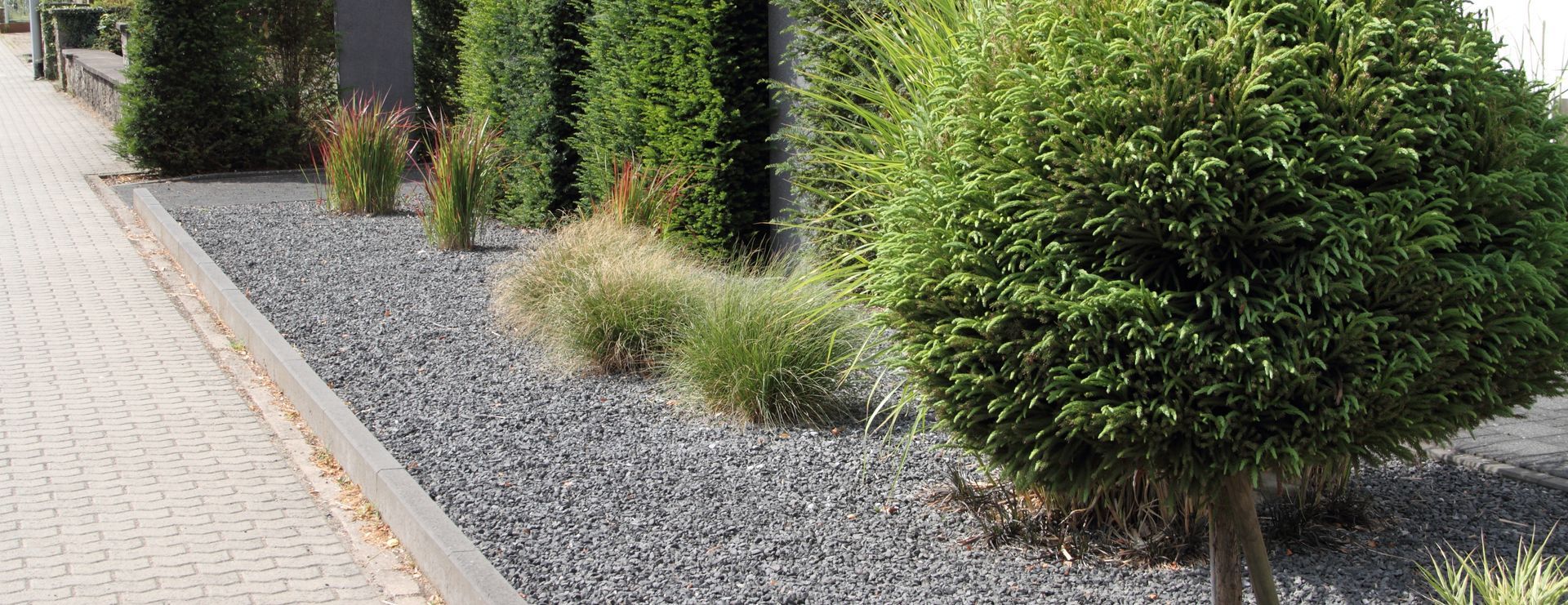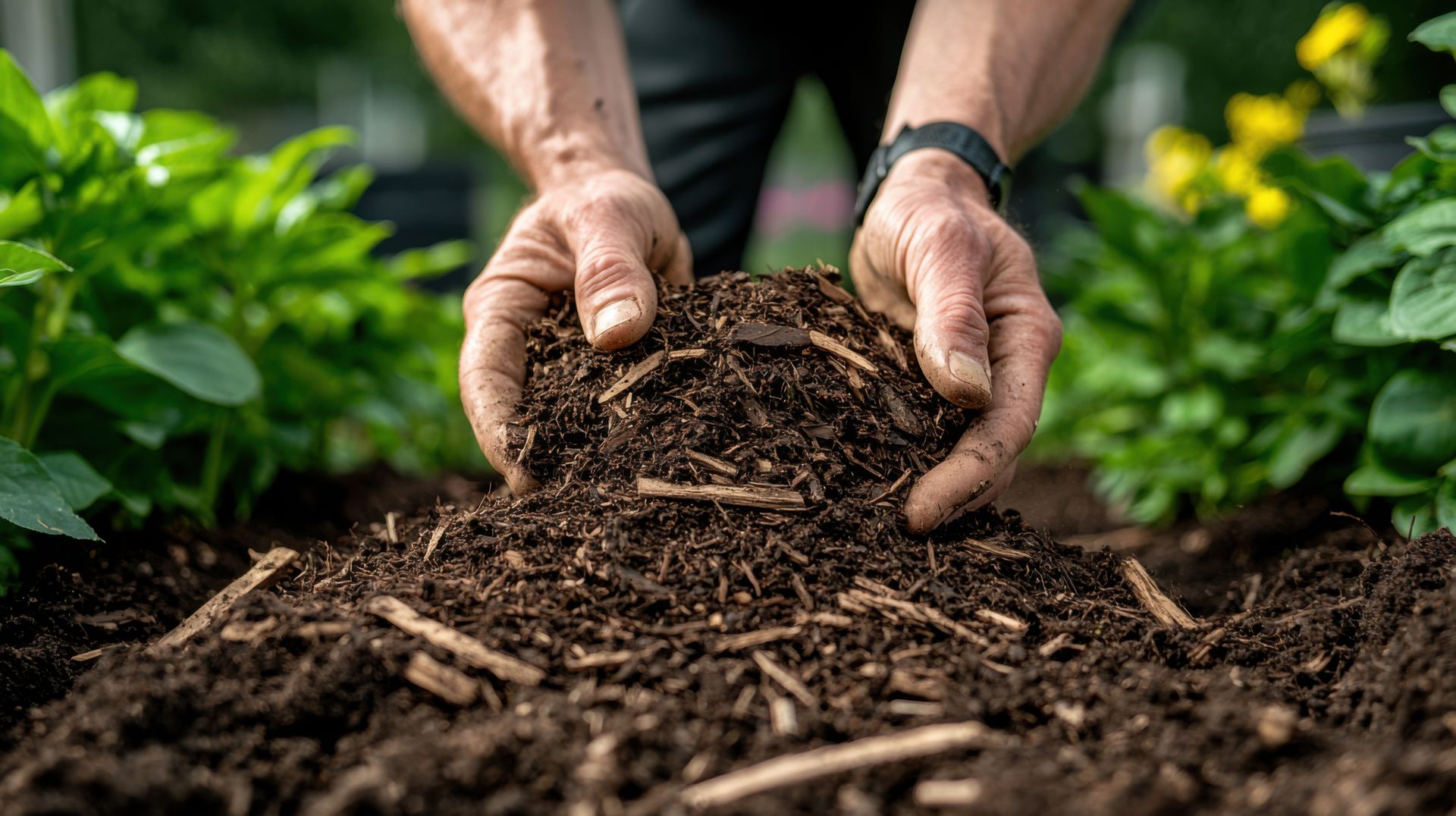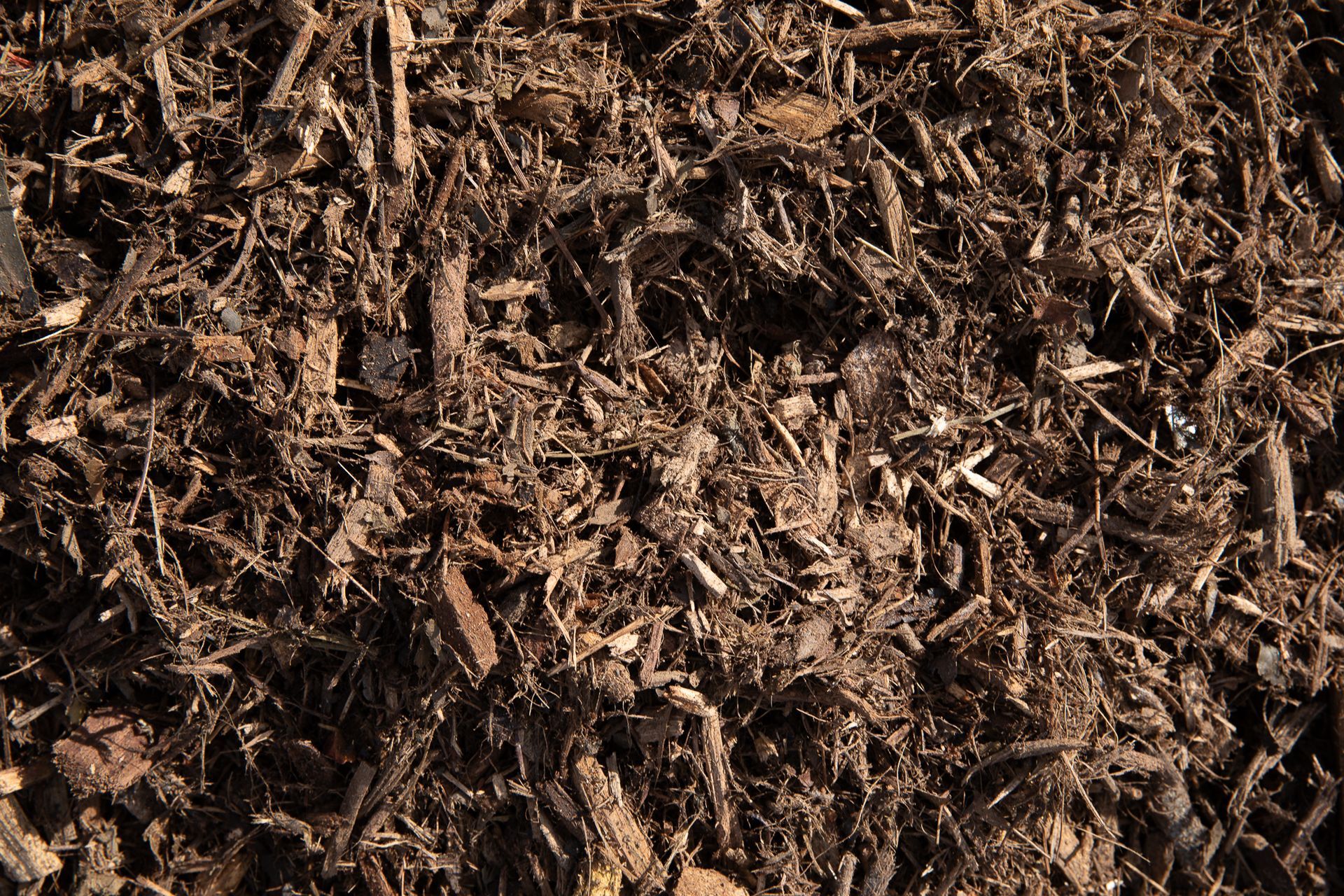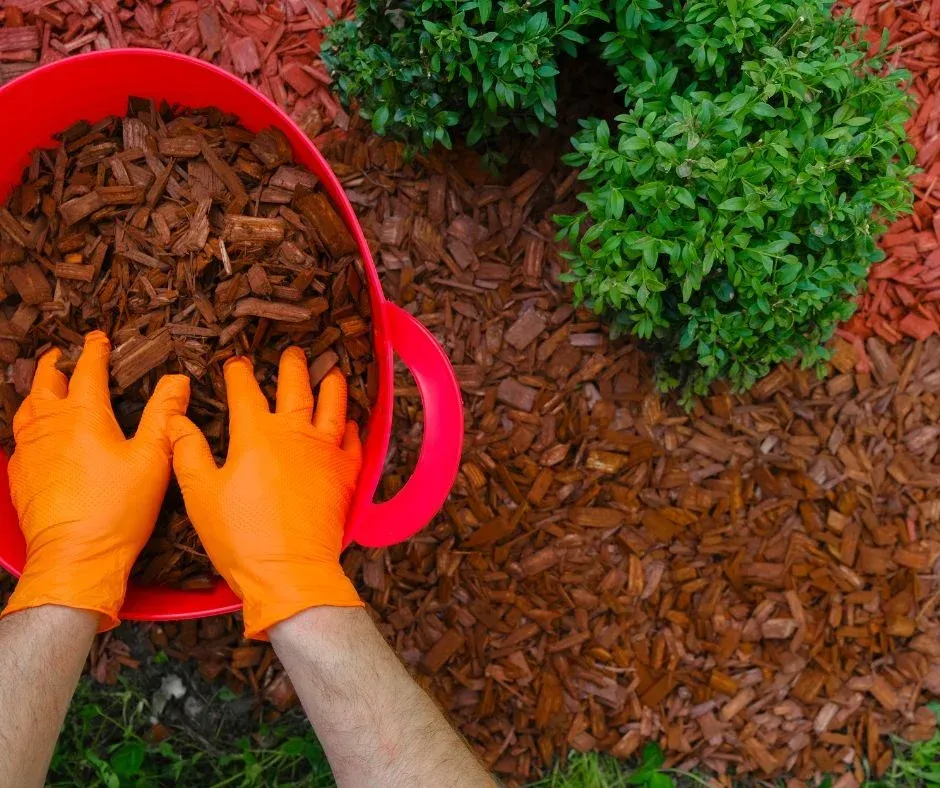Garden Bliss: Harnessing Mulch's Benefits Like a Pro
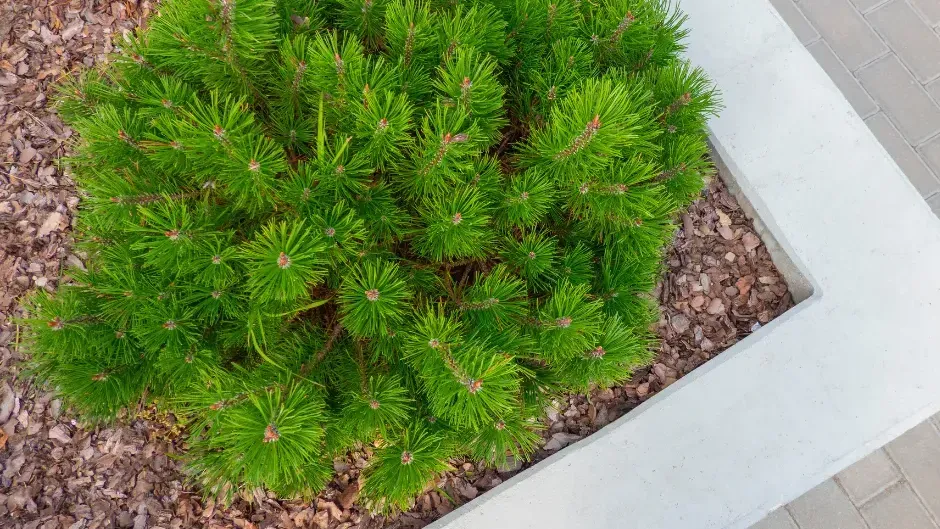
Gardening can be a deeply rewarding and therapeutic hobby. The act of tending to your plants, nurturing them, and watching them thrive is a joy like no other. But for your garden to truly flourish, you need to pay attention to the details. One such detail that often goes overlooked is mulch. Mulch is not just a decorative addition to your garden; it's a valuable resource that can significantly benefit your plants and the overall health of your garden. In this blog, we'll explore the numerous benefits of mulch and how you can harness them like a pro to achieve Garden Bliss.
The Magic of Mulch
Mulch is a layer of organic or inorganic material that covers the soil's surface. It acts as a protective barrier that offers a wide range of benefits for your garden. Here are some of the remarkable ways mulch works its magic:
- Moisture Retention: Mulch helps the soil retain moisture by reducing evaporation, which is especially beneficial during hot summer months. This ensures that your plants receive a consistent supply of water, preventing them from drying out.
- Temperature Regulation: Mulch acts as a natural insulator, keeping the soil temperature stable. It helps protect plant roots from extreme temperature fluctuations and frost during winter.
- Weed Suppression:
A thick layer of mulch inhibits weed growth by blocking sunlight and preventing weeds from taking root in your garden. This reduces the need for frequent weeding, saving you time and effort.
- Soil Erosion Control: Mulch prevents soil erosion by shielding the soil from heavy rains and strong winds. It stabilizes the soil, keeping it in place and protecting it from being washed away.
- Nutrient Enrichment:
Organic mulch, such as compost or shredded leaves, gradually decomposes and releases essential nutrients into the soil. This enriches the soil and provides a steady supply of nutrition to your plants.
- Enhanced Aesthetic Appeal: Mulch can give your garden a polished and well-maintained appearance. It comes in various colors and textures, allowing you to choose the one that complements your garden's style.
Choosing the Right Mulch
To harness the benefits of mulch effectively, it's essential to select the right type for your garden. There are various options available, including organic and inorganic mulches. Here's how to make the right choice:
- Organic Mulch: Compost, wood chips, shredded leaves, straw, and grass clippings are examples of organic mulches. They break down over time, enriching the soil with nutrients.
- Inorganic Mulch:
Gravel, stones, and landscape fabric are inorganic mulch options. They don't decompose and are excellent for areas where you want to prevent weed growth but do not necessarily improve soil fertility.
- Choose Based on Purpose: Consider the specific needs of your garden. If you want to boost soil fertility, go for organic mulch. For weed control and a clean look, inorganic mulch might be the better choice.
Proper Mulching Techniques
Now that you've chosen the right mulch, it's time to apply it correctly:
- Prepare the Soil: Clear the area of debris and weeds, and water the soil before mulching.
- Apply a Layer: Spread the mulch evenly around your plants, leaving a small gap around the base of each plant to prevent moisture-related issues.
- Maintain Thickness: A 2-4 inch layer of mulch is generally ideal. Too much mulch can suffocate plants, while too little won't provide all the benefits.
- Reapply as Needed: Mulch will break down over time, so be prepared to refresh it periodically to maintain its effectiveness.
Mulch is a garden's unsung hero, offering a multitude of benefits that can turn your garden into a thriving oasis of beauty and serenity. When you harness the power of mulch like a pro, you'll find that your plants are healthier, your garden is easier to maintain, and the overall appeal is heightened. So, whether you're a seasoned gardener or just starting, don't overlook the value of mulch in your pursuit of Garden Bliss. Give it a try, and watch your garden flourish like never before.
North County Supply is the only shop you'll need for all of your landscape material needs!
We carry a wide variety of materials including mulch, playground chips, soil, and more!
Our knowledgeable staff is always happy to help you find what you need and answer any questions you may have.
Call us at 760-744-3444
North County Supply's Service Locations: San Diego, Escondido, San Marcos, Vista, Oceanside, Carlsbad, Chula Vista, El Cajon, Poway, Santee, Encinitas, Valley Center, La Mesa, Temecula, Murrieta, Coronado, Del Mar, Alpine, Lakeside, Fallbrook, Daley Ranch, Hidden Meadows, Menifee, Solana Beach, Carmel Valley, Ramona, Torrey Pines, Rancho Penasquitos.
